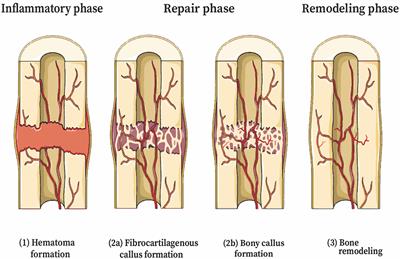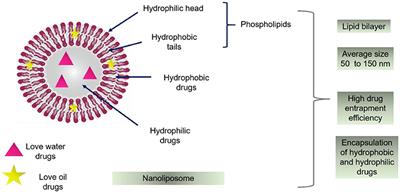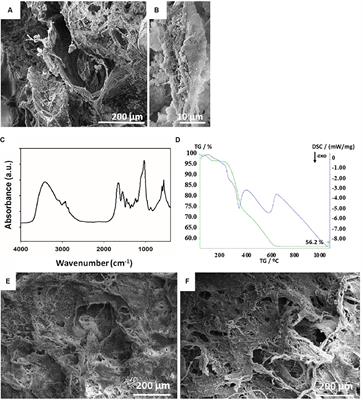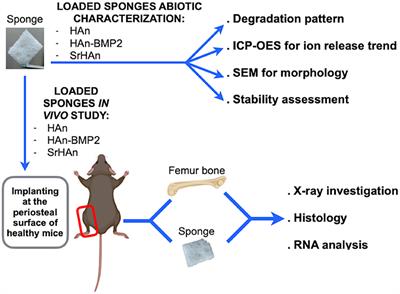EDITORIAL
Published on 13 Jan 2022
Editorial: Nano-Biomaterials for the Delivery of Therapeutic and Biological Cues for Regenerative Medicine
doi 10.3389/fbioe.2021.832487
- 1,999 views
- 1 citation
18k
Total downloads
99k
Total views and downloads
Select the journal/section where you want your idea to be submitted:
EDITORIAL
Published on 13 Jan 2022
ORIGINAL RESEARCH
Published on 16 Aug 2021

REVIEW
Published on 14 May 2021

REVIEW
Published on 18 Jan 2021

REVIEW
Published on 15 Dec 2020

REVIEW
Published on 05 Nov 2020

REVIEW
Published on 21 Aug 2020

ORIGINAL RESEARCH
Published on 21 Jul 2020

ORIGINAL RESEARCH
Published on 08 Jul 2020

REVIEW
Published on 17 Jun 2020

ORIGINAL RESEARCH
Published on 16 Jun 2020


Frontiers in Molecular Biosciences